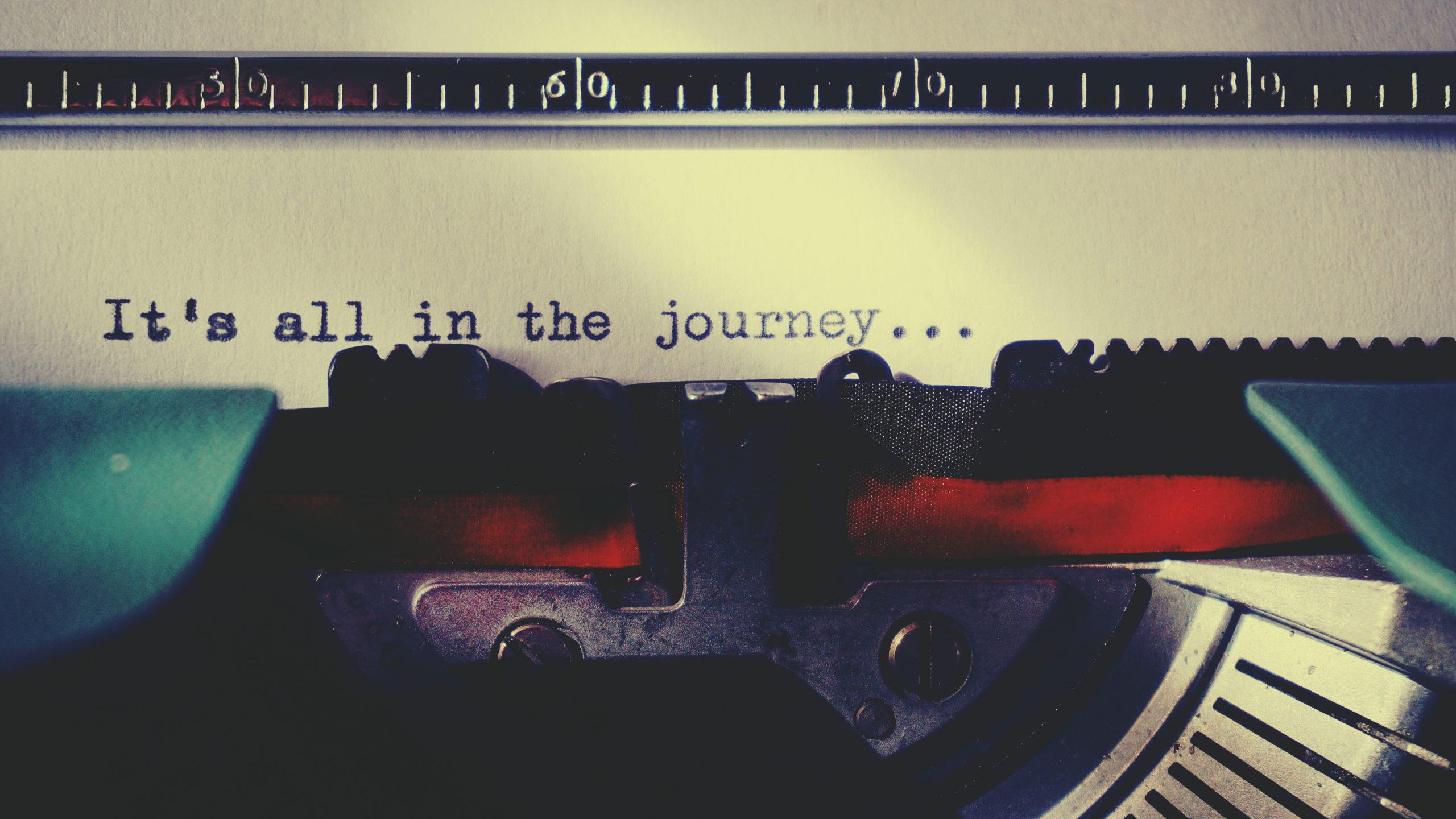Introduction
I said I was done with my publishing series here, but what discussion on publishing would be complete without a discussion of rejections? While it isn’t on my publishing checklist because it isn’t something you actively need to do, it is something we need to cover. So while it isn’t technically part of the publishing series I finished up last week, it still is in that it deals with publishers, agents, and your work.
Personal Experience Dealing with Rejection
Hi Ariel, I am put in the horrible position of having to write you a rejection for the bootcamp program. You were a strong contender for me, but ultimately there were people more suitable for where I wanted to go. Your work is strong, and I think you know that. You’ve got some great social media presence, and amazon sales and everything, so you are definitely on the path to make a great career out of it. Where I think I might be able to inject some constructive criticism is in the vibrancy and excitement of your writing. There’s something about it that’s a little slow, and for something like a Watty, you need to really blast forward with your stuff; slim down overly descriptive passages and really lean on dialogue to fire the story. If ultimately I had chosen you on the program, that would have been my initial drive; to get you to speed things up – grab your reader and don’t let them go. I read the first few chapters of your book, and could really see a lot of great stuff in it, but it just didn’t grab me. I was able to put it down and look at something else, and, as an author, you never want that to be the case. Honestly, I think you’re going to do well as an author and I think self-publishing on Amazon could well lead you to relative riches, but I don’t think this book in its current state is going to win a Watty. Fantasy is REALLY hard to convince people to pick up for awards like this, and epic fantasy even more so. You need to find something that hooks in the reader and just doesn’t let go, and what you have is a descriptive book that is very good and nice but works better in paper form, where the reader is more invested and has the time to sit in their chair and dedicate an hour or more to it.
I’d love to speak more with you generally. I think your work is promising and genuinely believe you are going to go far. You have the drive and passion (and the words) for success and I can see myself in the future saying to someone ‘oh yeah, I passed her up once for a mentorship program’ and them going ‘what?!?’! 🙂 Good luck with it all!
Crispin O’Toole-Bateman, Author of A Very English Necromancer and 2020 Wattys Bootcamp Mentor
Hi! I just wanted to drop by and say that I really enjoyed Pathway of the Moon, and I’m sorry I wasn’t able to take you on as a mentee. I’m honored you chose to submit to me though. Your first chapter started off great. I was swooning over Leo from the get go. I hope to be able to send you feedback on the chapter that you sent me. If this is something you are interested in, please let me know.
Mikaela Bender, Author of Expiration Date and 2020 Wattys Bootcamp Mentor
I received these from two out of three of the mentors I applied to be mentored by for a writing bootcamp on Wattpad. For those who don’t use Wattpad, it’s a writing platform I frequently use to interact with writers and readers, and I have some of my stuff up for free. I am looking to enter the major contest that Wattpad HQ–the people actually running the organization and website–do, called the Wattys. It’s a big deal on Wattpad and can lead to publishing deals or other connections for winners. These two have already succeeded as Wattpad Stars and/or former Wattys winners, so they’re strong writers and know a thing or two about what it takes to succeed in those areas. These two were really helpful and kind in their rejection letters, and the point of including them is to show you that rejections aren’t really all that scary even if they’re disappointing to us as recipients.
The writing/mentoring bootcamp is separate from the contest and is run by former winners or individuals who are part of paid Wattpad programs, which requires some serious talent and skill to achieve. The quotes above? My rejection “letters” sent via PM from two of the three mentors I applied to. Ultimately, I wasn’t accepted into the program, so I’ll be revising without the help of a mentor.
But this is a good lead in for what we’re talking about. How did I handle this? How should we all as authors deal with rejection, and what’s the best method for dealing with this tough area? People deal with it in lots of ways, some better than others, and that’s why we’re going to discuss it.
Dealing With Rejection is Tough
Let’s just be honest. None of us enjoy being rejected! Whether we get that dreaded rejection letter from the agent we were hoping would take our work on or just waited and waited but never heard back from a publisher, rejection leaves us feeling a bit dejected and very disappointed. I mean, sometimes it stings so bad we want to sit there and cry or down a tub of ice cream.
Now, both rejection letters I got from the mentors I applied to were very kindly worded. Neither said my work was complete trash or even hinted as much. And for the most part, you’re not going to run into that when dealing with rejection. I’ve heard a few stories about things publishers or agents have told authors, but on the whole, usually it’s a very polite no if you get any response at all. However, both of mine were special because they took the time to actually offer feedback! This was my first experience with rejection letters since I’ve done mostly self-publishing or worked with groups I was already established with, but having read a lot from various authors, agents, and others in publishing, this doesn’t happen all that often. You may get a polite letter telling you they aren’t able to take on your work or aren’t interested in it at this time, but feedback is rare and extremely valuable. While the two mentors who responded back with friendly rejections via private messaging aren’t publishers, they’re busy too, and they didn’t have to take the time to offer any constructive feedback. I very much appreciate their doing so.
While I’m obviously disappointed that I didn’t get into the program because I know it would’ve been an awesome learning experience for me and would’ve been very good for the book, I got some direction on where I might want to focus my editing efforts, and I know how to fix the problems pointed out because I’ve got the practical knowledge to do so and have fixed this very problem for other authors. (Funny how we can fix things for other people and be blind to the same issues in our own work!)
What If I Don’t Know How To Fix It?
If you’re not an experienced author dealing with rejection letters, you’re very likely to run into this issue. Either you were given feedback and don’t know what to do with it or you have no feedback and still don’t know why it was rejected. Even experienced authors may run into this as they may not see the problems others do. There are a few ways to deal with this. First of all, quitting is not one of those ways, okay? Quitting means you actually failed. So keep writing, but really put your focus and attention on learning how to improve. One book I very highly recommend that I’ve used to improve my current WIP is Donald Maas’s Writing the Breakout Novel Workbook (there’s a companion book too that I haven’t started, but if it’s anything like the workbook, it’s going to be gold).
How is this work book going to help?
Why do I recommend this? Because Donald Maas was a literary agent for a very long time before he moved to independently publishing his own writing guides. He’s seen thousands of manuscripts in his years as a literary agent, and he knows exactly what the common issues are that result in the rejection of a manuscript. Wouldn’t it be awesome if you could fix those issues before an agent or publisher ever sees your book?
Now, I promise what he offers will help. But it’s also a ton of work! Anyone can do and understand the exercises, but they’re hard. Some of them really force you to think, and many of the exercises have not only changed my perspective on my manuscript and my own characters but have also changed the story’s arc. Expect to make a lot of revisions, add a lot, and maybe remove just as much. But expect that if you do the work, you’ll have a book you can be proud of putting into readers’ hands.
Other Appropriate Responses
Second way of dealing with it? Take it to an avid reader friend. If you don’t have one, try asking some other writers who are more experienced than you. You should already have a connection with whoever you choose to ask, just to clarify, but ask. They might not have time, but you never know! They’ll probably see things you didn’t and might be able to pinpoint the reasons your manuscript is getting rejected.
Final recommendation for dealing with rejection is this… Get an editor if you haven’t already. Seriously. This might sound like a plug for myself and other editors since I’m a freelance editor myself, but we’re not recommending this because we get paid for it. We’re recommending it because it’s indispensable. Authors who have their own personal editors are often first in line to corroborate this. It’s important, so don’t ignore it. If you don’t have the money for it, see if you can at least get a critique partner who’s got strong skills in areas of writing where you know you struggle.
What if I’m Still Rejected After All That?
But Ariel, you might say, I’ve done the work and even had an editor take a look, but the book’s still being rejected. Well, there are of course any number of reasons this might happen, but if you’ve got a really strong, well-crafted story, chances are high you’re just not a good fit for that individual or that publisher. It’s still tough to take the rejection, but don’t give up. Someone out there will want the story, and if they don’t, self-publishing is always an option. Plenty of big name authors started out that way and ended up with publishing deals later, so don’t lose heart. Accept the situation with grace and keep working at it.
Conclusion
My hope here is that you’ve realized that rejection isn’t as scary as it seems. Yes, it’s disappointing and sometimes hurts a bit. But it only means you have more work to do or that your piece wasn’t a good fit for that individual or publisher. We’re not all well-matched with every person we meet, and we shouldn’t expect our stories to be any different. What one publisher thinks is trash and rejects could end up being a best seller with another publisher.
Keep a positive attitude, use the feedback you get if you’re lucky enough to receive that from whoever you submitted work to, and keep working at it. No one promised this would be easy or that you wouldn’t fail. No one promised your work would be ready for publication as soon as you thought it was ready to go and mailed it out. No one promised everyone would want it. But I can promise you this. If you respond to it properly and with a good attitude, your work and you yourself will be better for it.
So when you get those rejection letters, put a smile on your face, keep that letter to remind you of where you’ve been, and turn your face to the future where you will be better than you were the day you got that letter. That makes the difference between a successful learning experience and a failure, not whether or not the publisher or agent accepted you.





